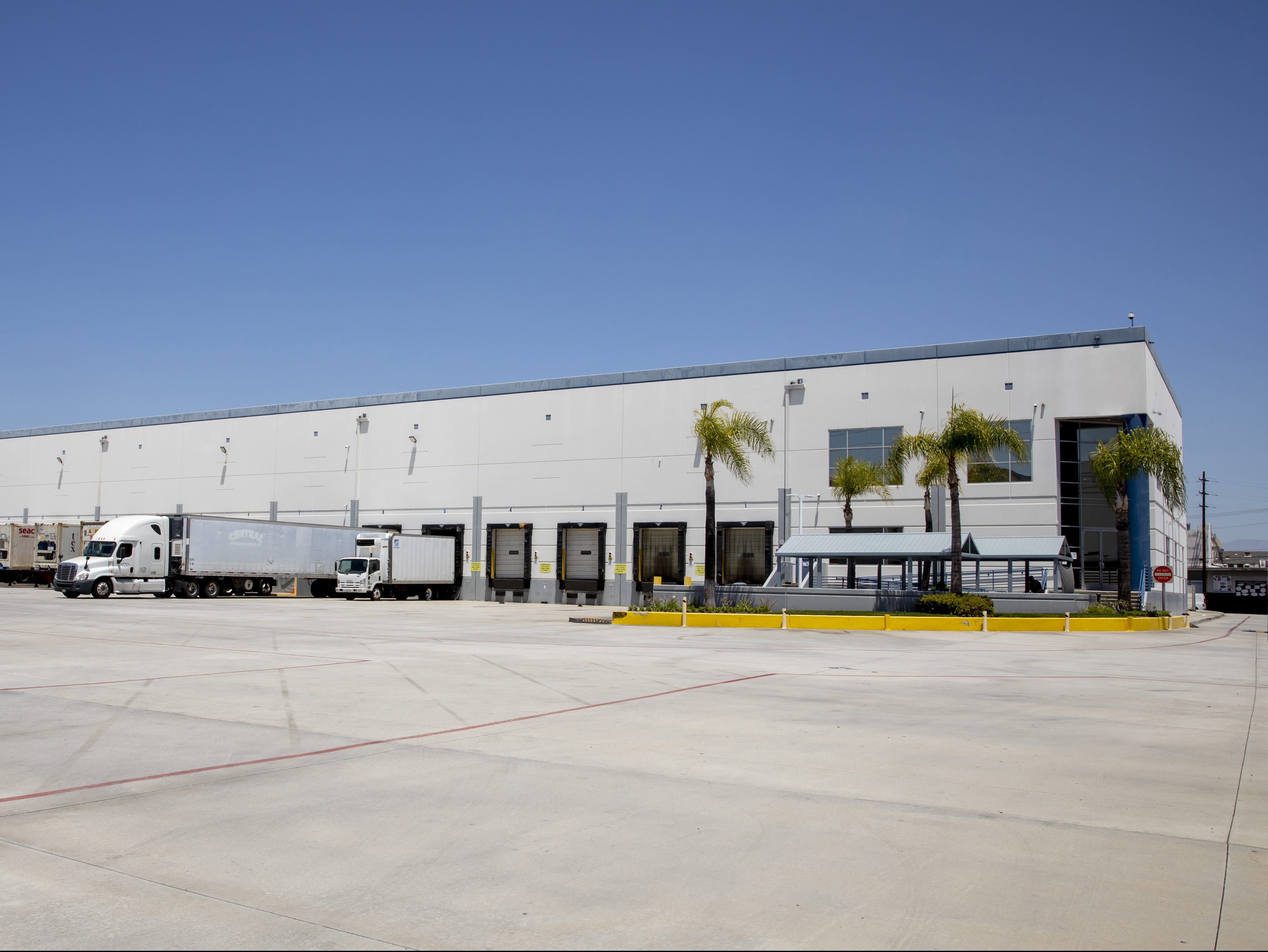Tenants Clamoring for Manhattan, Say Top Office Executives at Deutsche Bank Conference
So far the Manhattan office market has escaped harm from the capital markets meltdown, and this year will bring both changes and opportunities, according to a panel of industry leaders yesterday during Deutsche Bank’s 2008 Real Estate Outlook Conference in Manhattan. “We have seen a disconnect in the marketplace like we’ve never seen before,” commented…
So far the Manhattan office market has escaped harm from the capital markets meltdown, and this year will bring both changes and opportunities, according to a panel of industry leaders yesterday during Deutsche Bank’s 2008 Real Estate Outlook Conference in Manhattan. “We have seen a disconnect in the marketplace like we’ve never seen before,” commented David Greenbaum, executive vice president for Vornado Realty Trust. The market continues to be strong despite jitters about the financial markets and the national economy. Greenbaum cited a study by Cushman & Wakefield Inc. showing that only 9 million square feet of office space returned to the market during the 1990-92 recession. While significant, the amount was still far less than the 30 million square feet that theoretically should have been generated by 135,000 job losses. “If demand does in fact begin to tail off, and we start to have some job losses, we’re not adding supply in the market at the same time,” Greenbaum said. “To me, that is the single most important aspect of the New York marketplace.” Andrew Mathias, chief investment officer for SL Green Realty Corp., suggested that it was unrealistic to expect office rents in Manhattan to continue their astounding 30 percent run-up of the past several years. Dennis Friedrich, CEO of Brookfield USA, said he expected flat rent growth in Manhattan this year, in part because of intertia by decision-makers at corporate tenants. Even so, demand remains unabated. “Everyone … still wants to have an office in New York,” Greenbaum said. A Swiss money management fund is taking its first space in Manhattan at one Vornado property, with a lease in the 10,000 to 20,000-square-foot range. For big-block space, demand is also keen, exceeding supply by a ratio of two and a half to one, Mathias said. Friedrich addressed one of the city’s most closely watched leasing and development plans–Merrill Lynch & Co.’s decision whether to stay Downtown or commit to a new Midtown office tower opposite Penn Station. By many accounts, the financial services giant delayed its decision in the wake of major losses and the departure of its CEO. But Friedrich, Merrill Lynch’s current Downtown landlord, said he believed Merrill Lynch wants to make a decision so it can move on to other matters. “I think it will probably be early rather than later,” he said. Across the river on the New Jersey waterfront, rents will also be flat this year, said Mitchell Hersh, CEO of Mack-Cali Realty Corp., one of New Jersey’s major office property owners. “I guess the good news is we have marked to market, finally, after a long trough.” Another piece of good news is that Mack-Cali’s margins remain stable, in part because of successful efforts to control operating costs, Hersh said.






